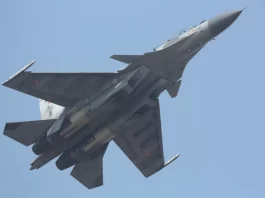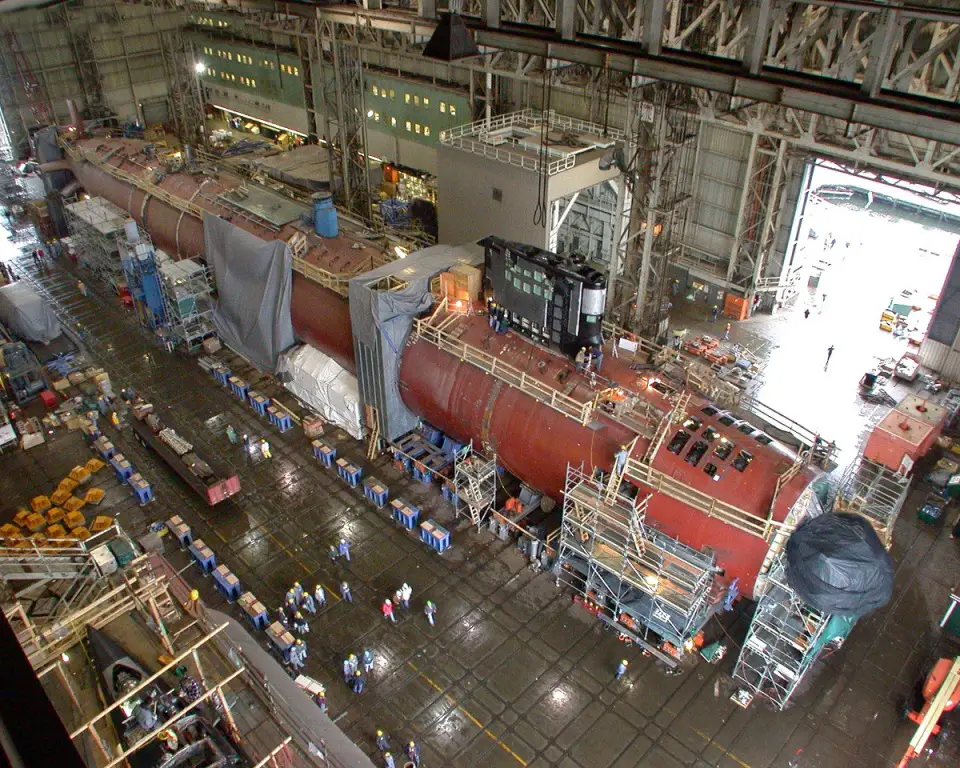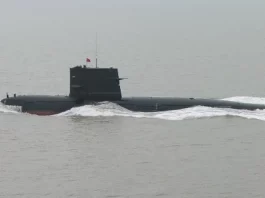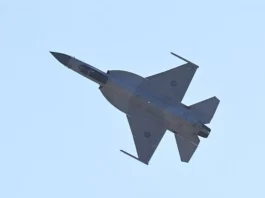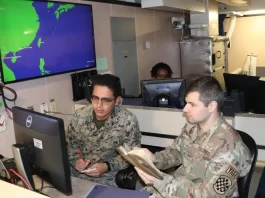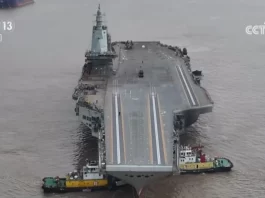The Ural Design Bureau of Transport Engineering recently received a patent for a device that can shield a tank’s engine from grenades and other threats, including those delivered by drones. The inventors proposed covering the engine transmission compartment of the tank with a polymer or rubberized visor.
Elements of dynamic protection (EDZ) typically protect modern tanks and other armored vehicles. The tank attaches these explosive-filled metal containers to its hull and turret. When exposed to damaging elements, the containers explode and repel the threat, preventing damage to the main armor.
However, tanks still have several vulnerable areas, such as the gap between the hull and turret, aiming devices, tracks, and more. One specific issue is the engine and fuel tank. Protecting them with EDZ is problematic: fuel is highly flammable, and the engine emits a lot of heat. The risk is not only that the high temperature could trigger the armor protection, but also that the hot engine could reveal the tank’s position at night. This issue became particularly critical with the introduction of drones, which can not only “spot” the tank but also drop a grenade directly onto its engine compartment.
The Ural engineers designed the invention to protect not only the engine at the rear of the armored vehicle, but also the tank turret, or APC. The invention consists of a strong, flexible shield, mounted on the rear of the turret and made of rubber-fabric or polyurethane material. The shield assumes the shape of a sloped visor when installed. The shield’s lack of attachment to the main body ensures it doesn’t impede the turret’s rotation. Because of its width, the visor covers the engine compartment even when the turret rotates up to 30 degrees in either direction.
The device operates quite simply: when a damaging device (such as RPG grenades, PTAB, RKG-3, or F-1 hand grenades) hits the shield, it bounces off. Ideally, they won’t detonate at all; if they do, the explosion occurs at a safe distance from the armored vehicle. Additionally, this visor can serve to camouflage the engine, making it harder to detect with thermal imaging.

